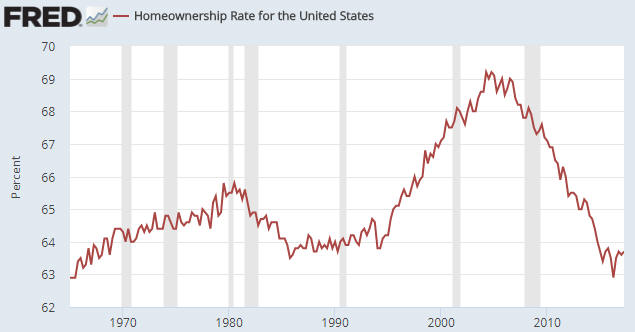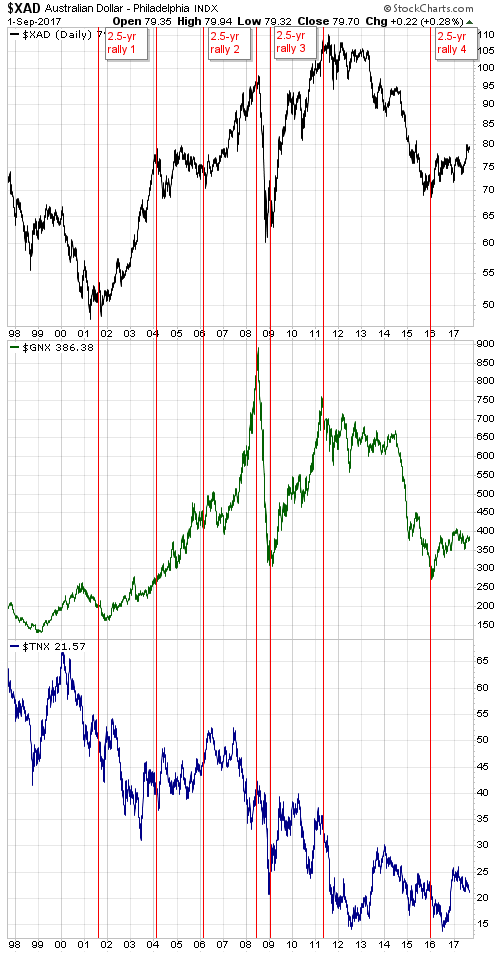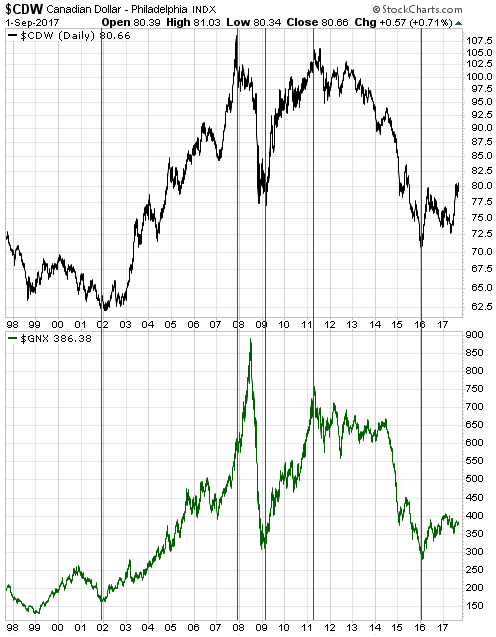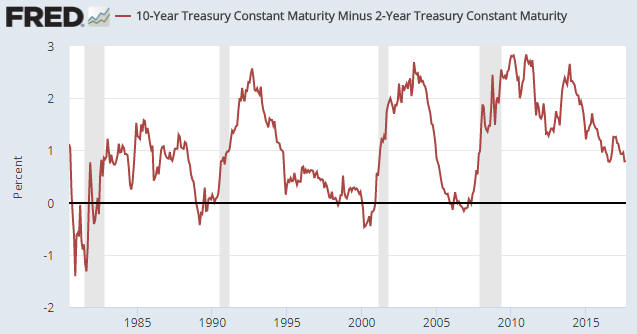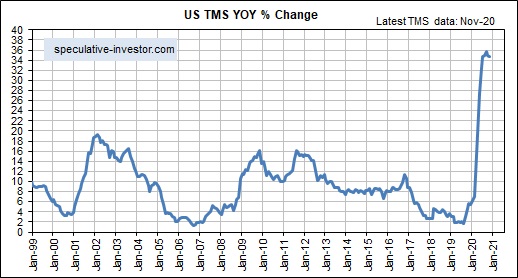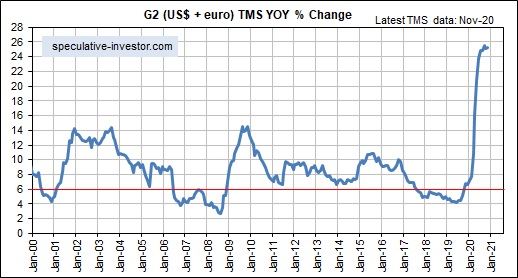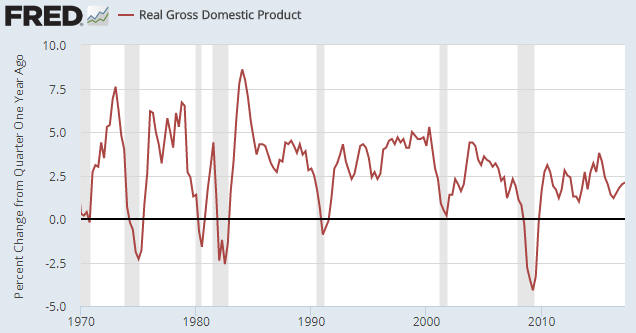Embracing the belief that a bank or a cartel of banks has suppressed the prices of gold and silver for decades via the short-selling of futures contracts is like adopting a child. It’s a lifetime commitment through thick and thin, meaning that once this belief takes hold there is no amount of evidence or logic that can dislodge it.
Entering a debate with someone who is incapable of being swayed by evidence that invalidates their position is a waste of time and energy, so these days I devote no TSI commentary space and minimal blog space to debunking the manipulation-centric gold and silver articles that regularly appear. However, Keith Weiner has taken on the challenge in a recent post.
Keith’s article is brilliant. In essence, it proves that the silver market has NOT been dominated by the “naked” short-selling of futures. His arguments might not be as interesting as many of the manipulation stories, but they have the advantage of being based on facts and logic.
Don’t get me wrong; for as long as I can remember it has been apparent to me that gold, silver and all the other important financial markets are manipulated. However, it is also apparent to me that the price manipulation happens in both directions and never overrides the fundamentals for long. Of course, to see that this is the case you first have to know what the true fundamentals are.
 Print This Post
Print This Post


